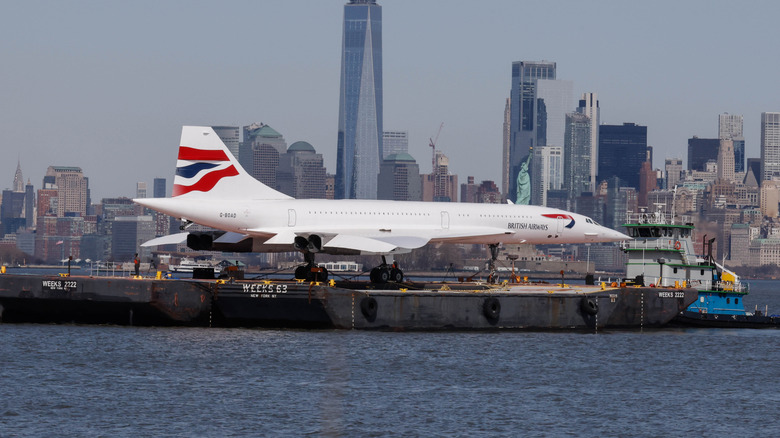
View Press/Getty Images
It’s always a shame when promising projects fail. This is especially true when an outrageous amount of money and the expertise of many talented people have been poured into them. Take Google Glass, for instance, or Aston Martin’s ill-fated Lagonda. Ask anybody for an example of an aircraft that would fit into this category, and a common response is sure to be Concorde.
As an iconic collaboration between the French and British aviation industries, Concorde resulted from two conclusions that both nations reached. Firstly, creating an aircraft capable of taking passengers faster than the speed of sound would be a huge boon for the practicality of reaching distant destinations more quickly. Secondly, developing such an aircraft independently would be prohibitively expensive.
As a result, in 1956, the Supersonic Transport Aircraft Committee was founded. Five years later, Sud Aviation in France and the British Aircraft Corporation began a series of discussions that would ultimately lead to Concorde’s first flight. This international collaboration, and the investment that came along with it, plus the sheer outrageous speed of the aircraft produced, and the advanced components used in its design, all made Concorde, way ahead of its time.
The unprecedented speed
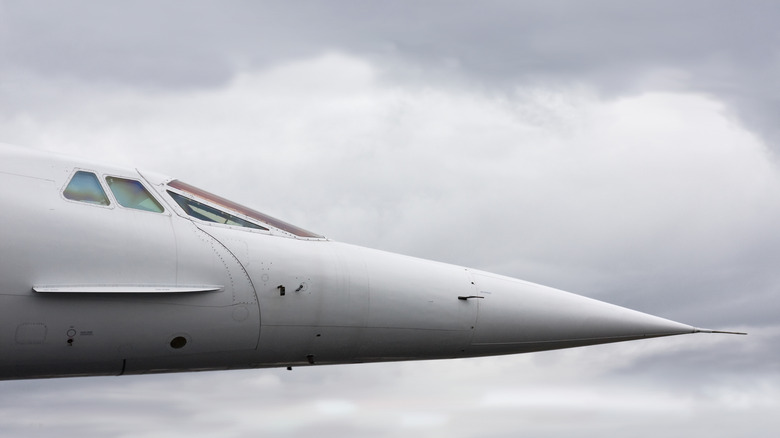
Fluxfoto/Getty Images
If there’s one stand-out factor of Concorde that we’re all familiar with, it’s the fact that it was very, very fast. What’s more difficult to grasp, however, is just how absurd the speed it reached was, in the context of its time.
Powered by four afterburner-equipped Olympus 593 Mk610 turbojet engines, it had a range of around 4,490 miles and could achieve speeds of 1,354 mph. This was absolutely unheard of for a passenger aircraft. One Concorde contemporary model, the Vickers VC10 (speedy enough to achieve a sub-sonic record Atlantic crossing of five hours and one minute), topped out at 580 mph on its quartet of Rolls-Royce Conway RCo42 engines.
Today’s passenger jets don’t tend to fly at half the speed of Concorde, with Flying Magazine noting that a Boeing 747 travels at up to 614 mph and an Airbus A380 maxes out at approximately 737 mph. Flight at the velocity that Concorde maintained was a revolutionary concept for a commercial aircraft, changing the way that pilots and passengers traveled around the planet.
A new kind of international collaboration
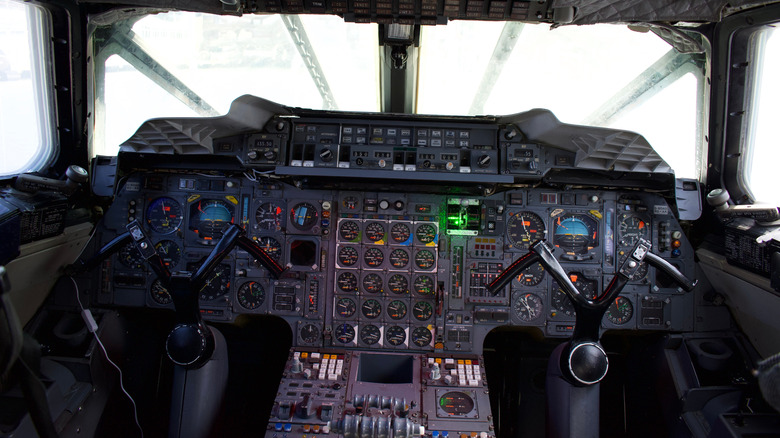
Antonis kousoulas/Shutterstock
As a commercial project, Concorde’s scale was beyond that of any previous European international collaborations. When Britain’s Minister of Aviation, Julian Amery, spoke to Parliament in November 1962, he stated, «Our two countries were pioneers in the early days of aircraft production … they were also rivals. But now the time has come to join forces if we are to hold a leading position on the air routes of the world.» Amery discussed the treaty, signed jointly with France that month, to split, as he explained, «the costs, the work, and the proceeds of sales on the basis of equal responsibility for the project as a whole.»
The commitment was divided between four institutions: British Aerospace, Rolls-Royce, France’s Société Nationale d’Étude et de Construction de Moteurs d’Aviation (SNECMA) and Aérospatiale. In the years to follow, the shared enterprise would have repercussions far beyond Concorde itself, with the recognition that a shared workload across borders is conducive to ingenuity. The ideas would influence the 1970 establishment of the European consortium Airbus, which later introduced the Airbus A320 passenger jet. Today, Airbus is one of the largest aeronautics companies in the world, demonstrating just what such a collaboration can do. As the European Commission’s report of 2018, «From Concorde to Airbus,» put it, some of the positives to grow from the Concorde project were «fruitful collaboration between well-established aerospace industries» and «strong internationalization.»
A unique design succeeded where others failed
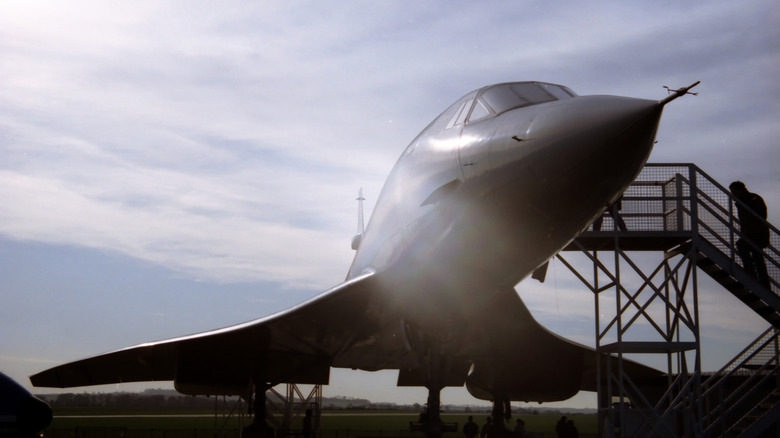
Tony Emmett/Shutterstock
Concorde’s famously sleek form wasn’t used simply for aesthetics. The innovative design was adapted so that the aircraft could maintain and manage its pace. Using a long, thin body, an adjustable nose, and its delta-wings (as seen on the British strategic bomber the Avro Vulcan) set at a 55-degree angle with the fuselage, the aim was to prevent drag from having a negative impact on performance. Such a blueprint allowed Concorde to pass through the mounting danger of accumulating sound waves and any impact they might have on an aircraft in supersonic flight.
The United States was also working on supersonic jets. As the 1960s progressed, Boeing and Lockheed Martin would create competing designs, both offering an increased seating capacity for at least 270 passengers. The latter’s delta wing model was projected to be the quickest at 2,000 mph. However, despite both government and industry hoping to beat Concorde at its own game, the Boeing 2707, the design that ultimately won out, was too ambitious and never came to fruition.
Boeing’s extravagant design was impractical. Accommodating more passengers meant more weight, and an increase in speed certainly didn’t help an engine noise issue. Remarking on Boeing’s idea, the Royal Aeronautical Establishment’s Kit Mitchell concluded, as per the BBC, «When we were building Concorde, we were pushing technology as far as it could possibly go at the time. They were pushing for something that was just too difficult.»
Spiraling and unforeseen costs
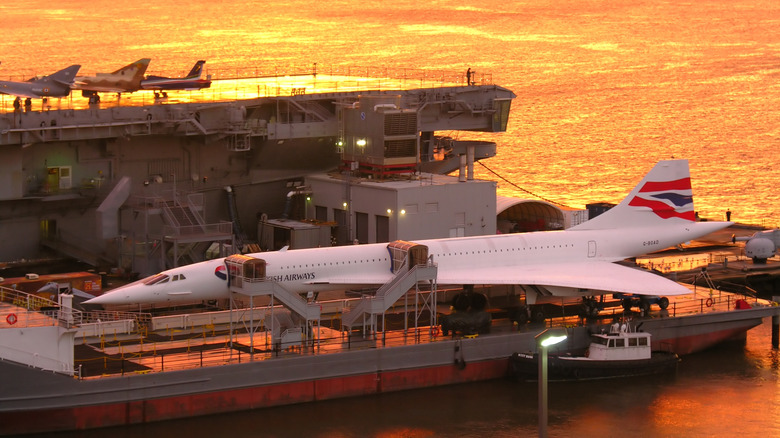
Holger Wulschlaeger/Shutterstock
As expected, the Concorde program was very costly. In March 1971, The New York Times reported that work on the aircraft as a whole had already passed the value of $2 billion, over four times the initial estimate. Although this was attributed to reasonable factors such as specification changes since the project began, over time Concorde proved to be an enormous money sink. According to an inflation calculator from the Federal Reserve Bank of Minneapolis, $2 billion would equate to over $15 billion in 2023, demonstrating just how huge of a financial burden the Concorde project became.
Production, of course, was not the only cost involved. Once it was in operation, cutting-edge capabilities became never-before-seen expenditure. As reported by British Airways, the ravenous aircraft devoured around 6,770 gallons of fuel every hour while in flight, in comparison to 3,011 gallons per hour in the case of today’s vast Airbus A380 (according to How Stuff Works). Complex maintenance was a further issue, adding to mounting charges.
Nevertheless, Concorde was far from the only aviation venture with spiraling costs. The F-35 project, with all its hidden costs, had an initial 2001 estimated price tag of around $200 billion. By 2020, as per the Project On Government Oversight, this had risen to almost $400 billion.
Commercially viable convenience
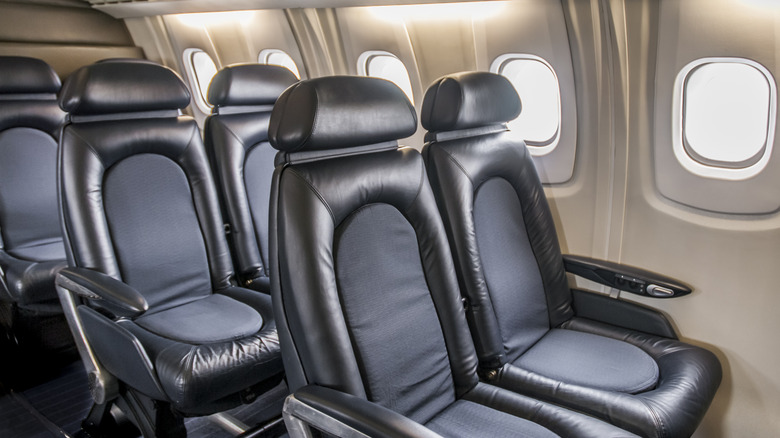
Marbury/Shutterstock
Concorde could drastically reduce the approximate eight-hour flight time from New York City to London. Its record for the trip, achieved in February 1996, was approximately two hours and 53 minutes. This became the Guinness World Record for the «fastest flight across the Atlantic in a commercial aircraft.» Eleven years before, as reported by Forbes, another Concorde broke the record for the fastest flight between London and Sydney at 17 hours, three minutes, and 45 seconds. This even included a trio of lengthy refueling stops.
The chance to offer such conveniently quick journeys on a luxurious commercial aircraft, plus the allure of futuristic supersonic flight, attracted international interest. Between June 1963 and October 1972, operators from Qantas to Japan Airlines and Iran Airlines registered orders. However, owing to a range of factors, including costs and consumer uncertainty following the loss of the Soviet Union’s supersonic Tu-114 in 1973, these orders were canceled or otherwise never fulfilled.
Concorde’s own records may be shattered in the future, as research into hypersonic flight discovers how it can be achieved. In May 2023, CNN Travel reported that the European company Destinus was targeting hypersonic flights between Dubai and Memphis that would take just three hours and 30 minutes. Within the commercial travel sphere, this might seem as remarkable and futuristic as Concorde’s sub-three-hour trip across the Atlantic did at the time.